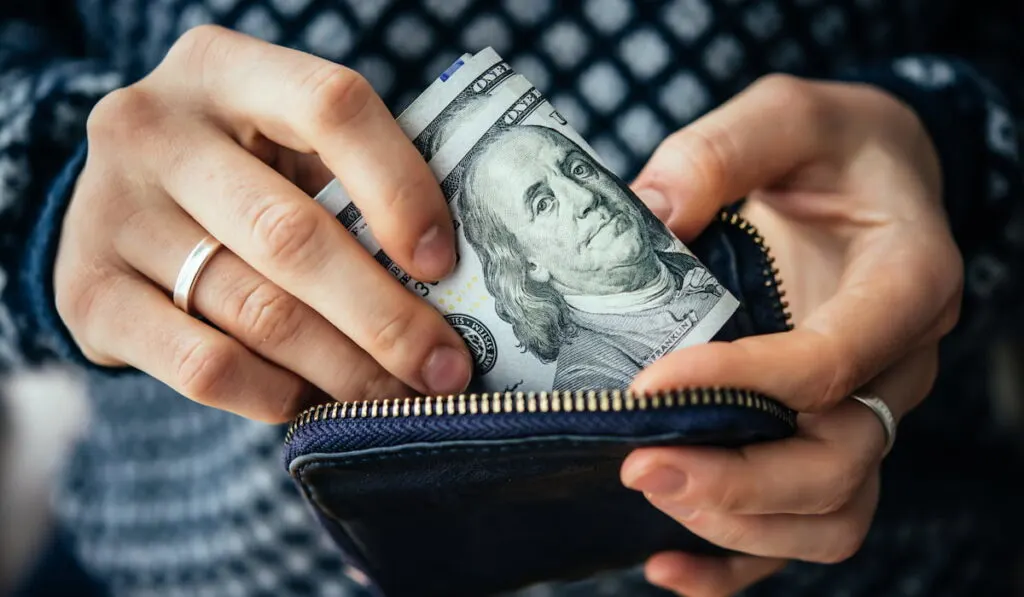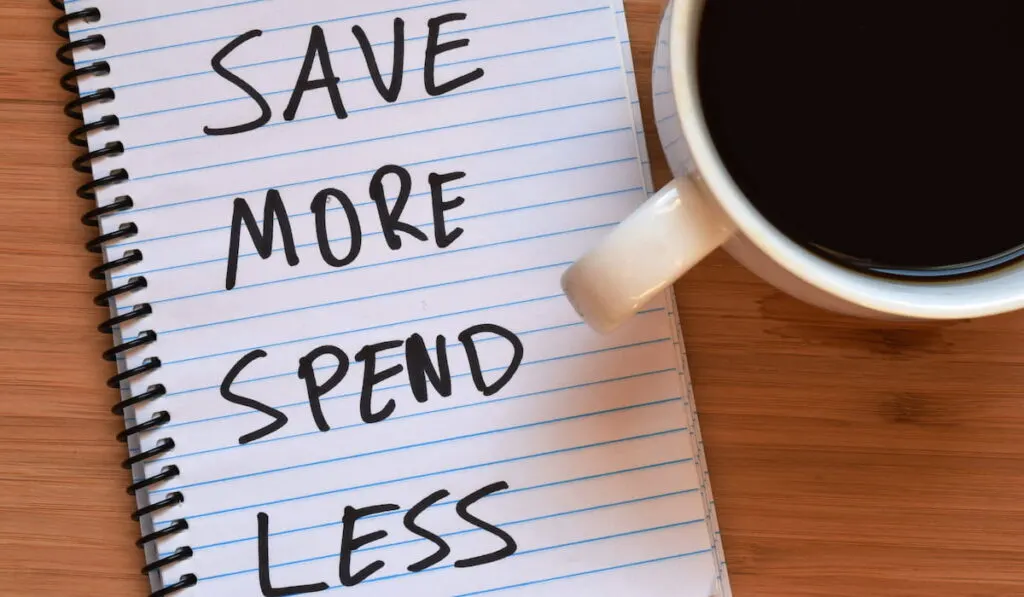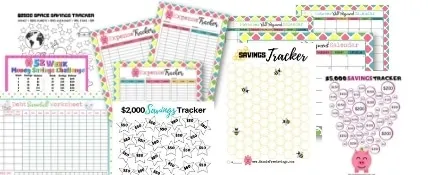*This post may have affiliate links, which means I may receive commissions if you choose to purchase through links I provide (at no extra cost to you). As an Amazon Associate I earn from qualifying purchases. Please read my disclaimer for additional details. Thank you for supporting the work I put into this site!
Do you try to keep yourself from spending any extra money and then end up splurging it all anyway? That’s exactly what many of us go through every day, and then end up stressed out. What if you were challenged to not spend on anything luxurious or anything that doesn’t fall under your basic needs?

That’s precisely what a no spend challenge is. This challenge is basically a way to restrict yourself from spending any extra amount on things you don’t need.
This challenge doesn’t mean that you stop spending on the basic necessities but teaches you to constrain yourself and spend only on your most basic needs with proper planning and budgeting.
If you take this challenge, you’ll have more money in your bank account at the end of every month and less regrets. To begin, let’s first address the two W’s: WHAT AND WHY?
What Exactly is a No Spend Challenge?
A no spend challenge does not intend to entirely stop you from spending because everyone has to pay the bills and procure basic necessities.
However, this challenge motivates you to cut your bills short, adjust your needs and to focus on spending prudently. In this challenge, you can stop yourself from spending on things which you usually end up spending the most on.

For example – If I were to take up this challenge the first thing that I would cut off from my list of expenditures would be my shopping because yes, I’m a shopaholic.
My point of giving you my example is to help you believe that you can cut down on anything that you think you should and anything that works the best for you.
The best alternative to find which area to fix is to look through your budget list and decide which category you need to fix.
Why is This Challenge Getting Popular?
The main motto of this challenge is to be able to save more money. There are also more indirect benefits to it.
It not only promotes the habit of saving, being prudent while shopping, and purchasing only the basics; it also helps form discipline and self-control.
How Do You Start With It?
Now that you have an idea about what exactly a no spend challenge is, let us see how to get started with it. Here are some little tips and tricks that will help you reach your savings goal a little sooner than you think.
- To start off with anything you should first know the real motive behind doing it. Whatever your reason is, it should be strong and valid enough to keep you motivated for the long run and to push you enough to complete the challenge.
- Next, you should determine the time period of the challenge. It may differ from person to person and also from goal to goal. Once you work out the time that you will need to save a fixed amount of money, your next steps will become easier and hassle-free.
- Pro Tip: Before you even start, make a habit of generally tracking your spending patterns and your expenses. You should look closely at things you spend on the most and then regret. Also look closely at things which can’t be eliminated and would need to stay in the monthly spending cycle. When you do this, you should find something which you can easily cut out and you’ll find some things which you can’t cut out. Basically, this step takes some of the stress out of the process and makes you aware of the items that are absolutely essential, and those that can be avoided.

- The next step to achieve your savings goal will be to tell someone about it, someone who will motivate you in this quest and who can keep pushing you forward with words of encouragement. When you don’t share your goals with anyone, there is more likelihood for you to cheat and to fail because you have no accountability partner. By telling it to someone who’s close to you, you not only have someone who can be a constructive critic, you also have someone who can give you moral support whenever required and can help you to push yourself forward.
- Another effective way to help you stop spending unnecessarily is to make good use of your existing stock of items. By doing this you’re solving two problems: You’re using the old stacked up items which you haven’t been really using, thereby reducing clutter, and you’re also saving yourself from spending on something you may already have.
- Partake in activities that are offered for free and those that help you stay focus on things that you like. There are a lot of free activities. For example: picking up on your long lost hobby of painting, reading in a library, running, exercising and many more. When you focus your attention and energy on doing something constructive, you won’t find the urge to spend unnecessarily.
Lastly, you’ll learn a lot of things as you struggle initially to achieve the ultimate goal of this challenge. However, once the challenge is done, and your goal is achieved, you will find yourself much more disciplined and a lot more accountable than you were before. Needless to say, you will also save money, as you always wanted.
You might face a lot of difficulties during this challenge because it brings a big change in your lifestyle and habits. If you falter in between, restart from where you left off and keep reminding yourself about your ultimate goal of saving more.

The bottom line is that this challenge is an opportunity for you to learn how to spend less, and to have more control over your spending. It will make you let go of your habit of impulsive spending and give you better activities to do in your spare time rather than spending money going out with friends or shopping at the mall.
Are you ready for this challenge? Let’s start by listing all your spending and putting it into categories like “avoidable” and “unavoidable” and you’re good to go.
Remember, it might get difficult somewhere down the line, but stay focused and keep your eyes on your long-term goal of spending wisely, so that you can save more.

